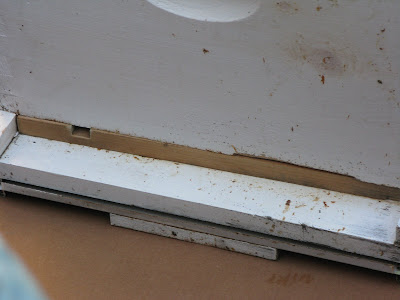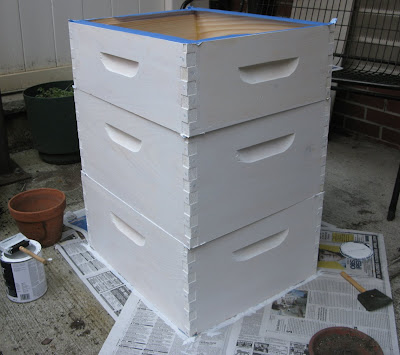 By now, you probably know that the honeybee situation is dire. There are just far fewer bees than there were a quarter century ago, certainly less than there were fifty years ago. Colony collapse disorder (CCD) got a lot of media attention for a while, and is still a major, unresolved problem, but bee populations were plummeting long before CCD. Pick the reasons: pesticides, climate change, habitat destruction, agricultural industrialization, the fact that a lot less people keep bees now and so genetic diversity is limited, a combination of some or all of these. We are, after all, living through the sixth great extinction of species on Earth, the only one we are responsible for, so there is no reason bees should be immune.
By now, you probably know that the honeybee situation is dire. There are just far fewer bees than there were a quarter century ago, certainly less than there were fifty years ago. Colony collapse disorder (CCD) got a lot of media attention for a while, and is still a major, unresolved problem, but bee populations were plummeting long before CCD. Pick the reasons: pesticides, climate change, habitat destruction, agricultural industrialization, the fact that a lot less people keep bees now and so genetic diversity is limited, a combination of some or all of these. We are, after all, living through the sixth great extinction of species on Earth, the only one we are responsible for, so there is no reason bees should be immune. One of the ways this shortage manifests itself is that there aren’t an endless supply of bees to be had. The long winter meant more hives didn’t survive, so demand is strong, while bad weather in bee breeding southern states means there are less bees to go around. We've just gotten the news that we won’t be getting any bees until the end of May. This is late for a first year hive. They should already be building out the comb now.


























